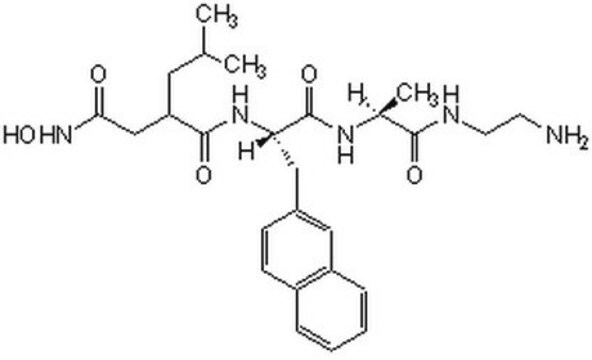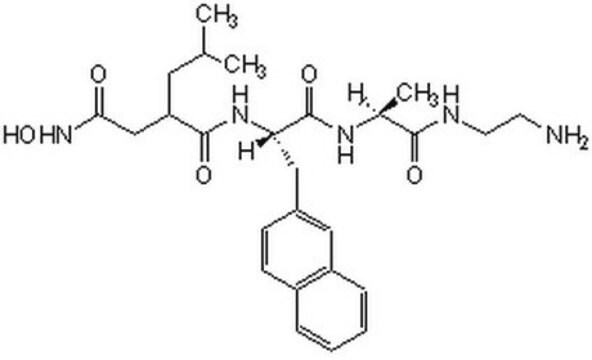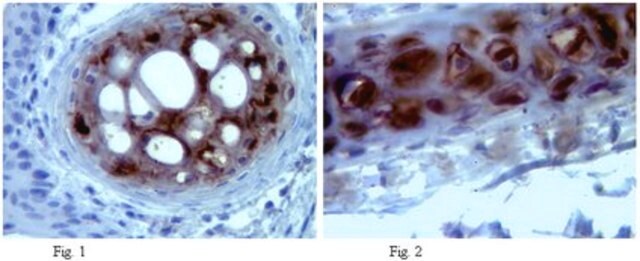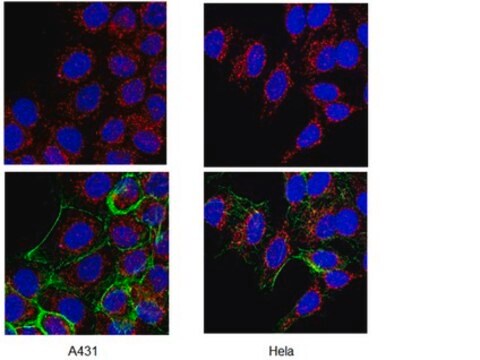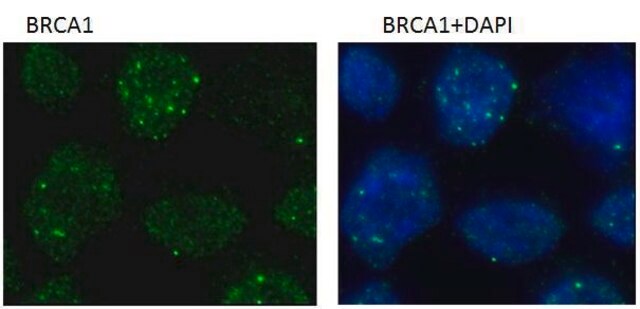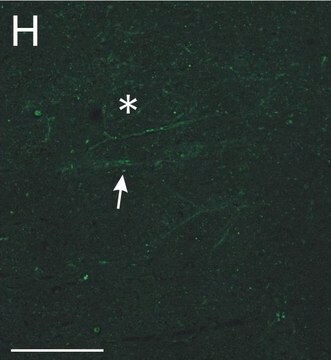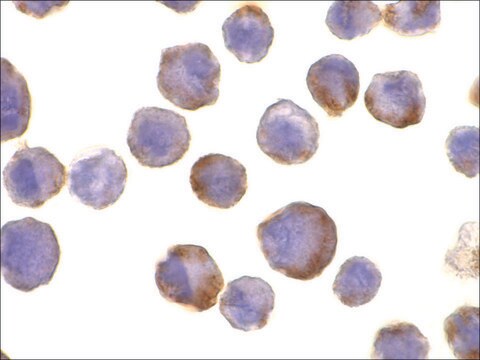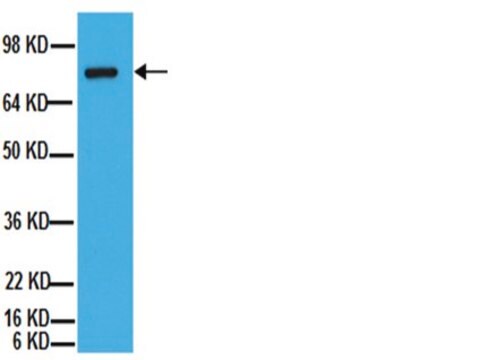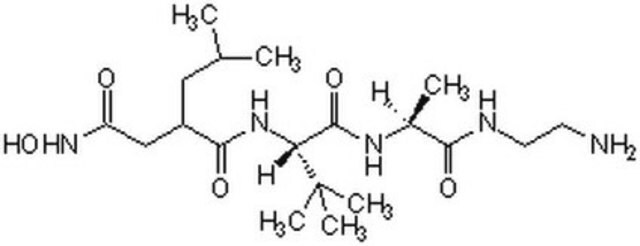MABT884
Anti-TACE Antibody, clone D1(A12)
clone D1(A12), from human(Recombinant)
Sinonimo/i:
Disintegrin and metalloproteinase domain-containing protein 17, ADAM 17, CD156b, Snake venom-like protease, TNF-alpha convertase, TNF-alpha-converting enzyme
About This Item
Prodotti consigliati
Origine biologica
human (Recombinant)
Livello qualitativo
Forma dell’anticorpo
purified immunoglobulin
Tipo di anticorpo
primary antibodies
Clone
D1(A12), monoclonal
Reattività contro le specie
human
Non deve reagire con
mouse (Kwok, H.F., et al. (2014). Protein Eng. Des. Sel. 27(6):179-190.)
tecniche
flow cytometry: suitable
Isotipo
IgG1κ
N° accesso NCBI
N° accesso UniProt
Condizioni di spedizione
ambient
modifica post-traduzionali bersaglio
unmodified
Informazioni sul gene
human ... ADAM17(6868)
Descrizione generale
Specificità
Immunogeno
Applicazioni
Inhibits Activity/Function: Representative lots inhibited TACE-mediated substrates shedding from the surface of human cells both in cultures and in mice in vivo (Issuree, P.D., et al. (2013). J. Clin. Invest. 123(2):928-932; Richards, F.M., et al. (2012). PLoS One. 7(7):e40597; Tape, C.J., et al. (2011). Proc. Natl. Acad. Sci. U. S. A. 108(14):5578-5583).
Apoptosis & Cancer
Qualità
Flow Cytometry Analysis: 0.2 µg (2 µg/mL) of this antibody detected TACE expression on the surface of one million HeLa cells.
Descrizione del bersaglio
Stato fisico
Stoccaggio e stabilità
Handling Recommendations: Upon receipt and prior to removing the cap, centrifuge the vial and gently mix the solution. Aliquot into microcentrifuge tubes and store at -20°C. Avoid repeated freeze/thaw cycles, which may damage IgG and affect product performance.
Altre note
Esclusione di responsabilità
Non trovi il prodotto giusto?
Prova il nostro Motore di ricerca dei prodotti.
Codice della classe di stoccaggio
12 - Non Combustible Liquids
Classe di pericolosità dell'acqua (WGK)
WGK 2
Punto d’infiammabilità (°F)
Not applicable
Punto d’infiammabilità (°C)
Not applicable
Certificati d'analisi (COA)
Cerca il Certificati d'analisi (COA) digitando il numero di lotto/batch corrispondente. I numeri di lotto o di batch sono stampati sull'etichetta dei prodotti dopo la parola ‘Lotto’ o ‘Batch’.
Possiedi già questo prodotto?
I documenti relativi ai prodotti acquistati recentemente sono disponibili nell’Archivio dei documenti.
Il team dei nostri ricercatori vanta grande esperienza in tutte le aree della ricerca quali Life Science, scienza dei materiali, sintesi chimica, cromatografia, discipline analitiche, ecc..
Contatta l'Assistenza Tecnica.